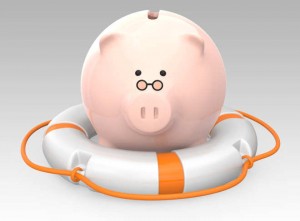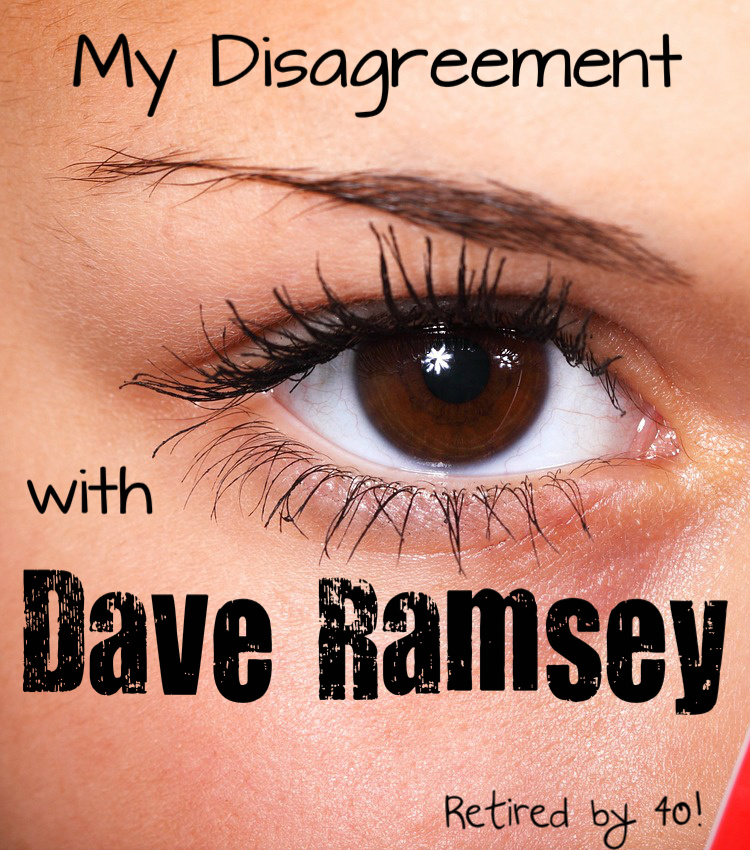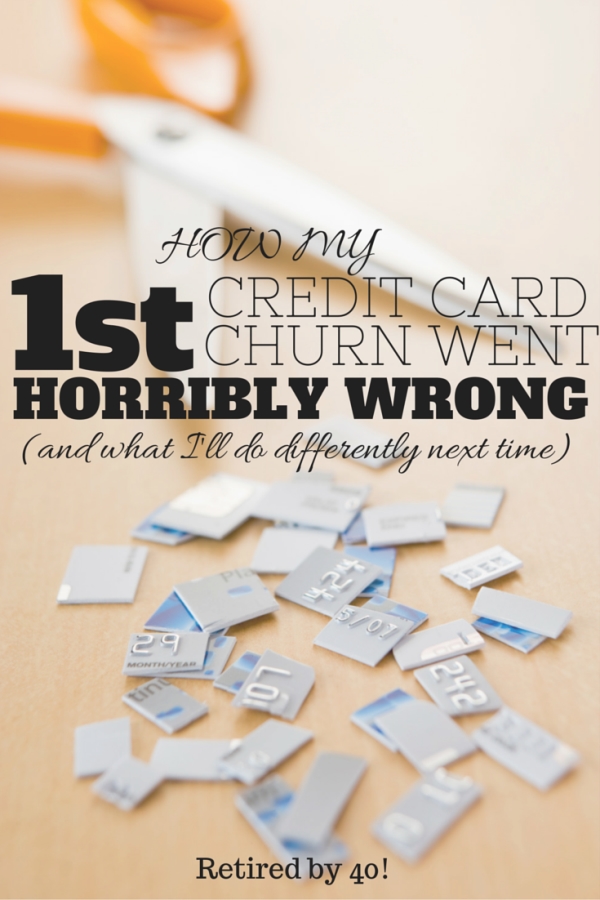I’m sure you’ve heard of it – the Emergency Fund that personal finance gurus promote. Regardless of whether or not you’re a die-hard Dave Ramsey fan, one thing remains true: Everyone should have an emergency fund.
So, what is an emergency fund?
It’s easy! An emergency fund is simply a sum of money (we’ll talk about how much later) that you have set aside, made easily accessible (accessible within an hour or two), that is to be used for nothing but true emergencies. We’ll talk about what a true emergency is too.
 Picture this: You have an emergency come up, and you need to come up with the $1,000 in cash within the next hour. Could you come up with the cash – and NOT put it on a credit card? If you can, then you’re ahead of the game when compared to most Americans.
Picture this: You have an emergency come up, and you need to come up with the $1,000 in cash within the next hour. Could you come up with the cash – and NOT put it on a credit card? If you can, then you’re ahead of the game when compared to most Americans.
Let’s face it: Life happens, and when it does, it can be really expensive! The more prepared you are, the better you can avoid financial crisis. An emergency fund is one way of being prepared. You don’t want to learn the hard way with a financial emergency, now do you?
An example
Let’s say that financial emergencies happen twice per year on average, and the average cost of each incident is $500. Even with a $1,000 emergency fund that is earning no interest, and investments that are earning 7%, you are only losing out on $70 per year.
Now, let’s compare that $70 in interest lost to what it would cost you to finance the same $1,000 on a credit card, because all of your money is tied up elsewhere. According to Bankrate, the average credit card interest rate for 2014 (so far) is 15.63%. To finance that same $1,000 on a credit card for a year (I know, not a completely accurate comparison, but bear with me) would cost you $156.30 in interest.
Say, for example, the Smith family has their first emergency of the year, clocking in at $500.
Read More at Market Intelligence Center….













Leave a Reply